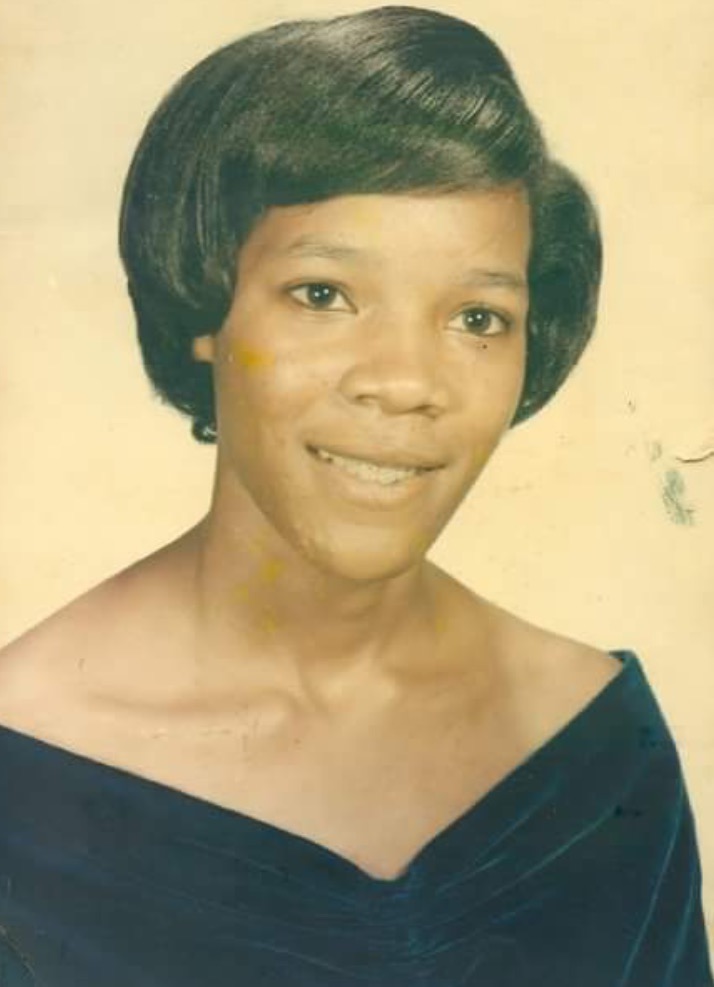The Coney Island Connection: Granville T. Woods' Electric Roller Coaster
- T. Brookshire

- Jan 13, 2024
- 3 min read

Granville T. Woods, often referred to as "the Black Edison," but we actually refer to Thomas Edison as "the White Woods" because of the remarkable inventor that he was. A visionary whose journey from humble beginnings to creating groundbreaking inventions, Granville T. Woods would eventually migrate over to the vibrant world of Coney Island, where he would showcase his genius.
Born in 1856 to a free family in Columbus, Ohio, Woods' early life was marked by a thirst for knowledge and an insatiable curiosity about the world of mechanics and electricity. With limited formal education, Woods embarked on a journey of self-education, driven by his fascination with trains. At the age of 10, he left school and sought employment in a railroad shop, where he gained invaluable hands-on experience in metalworking and mechanical engineering. This initial foray into the world of trains laid the foundation for his remarkable career as an inventor.
Woods' career on the railroad was characterized by hard work and dedication. Starting as a fireman, he tirelessly shoveled coal into steam engine boilers, all the while absorbing the intricate workings of these powerful machines. His determination paid off when he was promoted to the position of an engineer. This experience not only instilled in him a deep understanding of locomotives but also fueled his desire to improve and innovate.
In 1883, Woods secured his first U.S. patent for a steam boiler furnace, drawing upon his extensive knowledge of steam engines. However, he soon recognized that electricity was the future and began to channel his inventive energies towards this emerging field. This pivotal shift would define the trajectory of his remarkable career.
Over the years, Granville T. Woods went on to acquire an astonishing 50+ patents, solidifying his reputation as a prolific inventor. Among his inventions were groundbreaking contributions to the world of electrical engineering. One of his notable creations was the "electric railway system," a significant advancement that would revolutionize transportation.
The Birth of the Roller Coaster at Coney Island
However, it was his modification of the third rail, initially designed for trains, that would lead him to the world-renowned Coney Island. Woods adapted the third rail to power an amusement ride, the Figure Eight Roller Coaster. This electrifying creation was a testament to his genius and innovation. Coney Island served as the stage for Woods to showcase his electric roller coaster, a thrilling attraction that captured the imagination of countless visitors. It was here that he demonstrated the true potential of his inventions and left an enduring legacy in the world of entertainment.

Coney Island, NY
Coney Island's Timeless Theme Park
Nestled on the southern coast of Brooklyn, New York, Coney Island has long been synonymous with summertime fun and exhilarating entertainment. Its rich history as an amusement destination dates back to the late 19th century, making it one of the oldest and most iconic amusement areas in the world. One of the key attractions that would define Coney Island's allure was the roller coaster.

Coney Island's Evolution of Roller Coasters
The first roller coaster designed and built specifically as an amusement ride opened at Coney Island in 1884. It was a commercial success but was simply a 600-foot-long track that began atop a 50-foot-high platform, using nothing but gravity to provide the momentum for the 6-mile-per-hour ride. Once it reached the other end, old passengers would disembark the linked cars so that new passengers would ride the cars on the return ride back to the starting point. Coney Island made the decision to replace this in 1892 with Woods' Figure Eight Rollercoaster. Woods' design was the precursor to what we think of as the modern-day roller coaster, which uses a highway shape built with tight turns, steep slopes and sometimes reversals. Today, roller coasters can be found in amusement parks and theme parks worldwide, offering riders the same thrilling experience that first captured imaginations in Brooklyn.

AI generated image of a young Granville T. Woods
Today, there are hundreds of roller coasters in operation all over the world. The Roller Coaster Market was valued at more than $3 billion in 2019 and is projected to reach $4 billion by $4.35 billion by 2027. The global roller coaster market is primarily driven by growing demand for highly adventurous experience across the globe.

Woods applied for his electrical Roller Coaster design in 1898







Comments